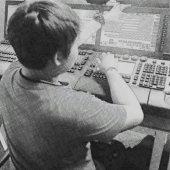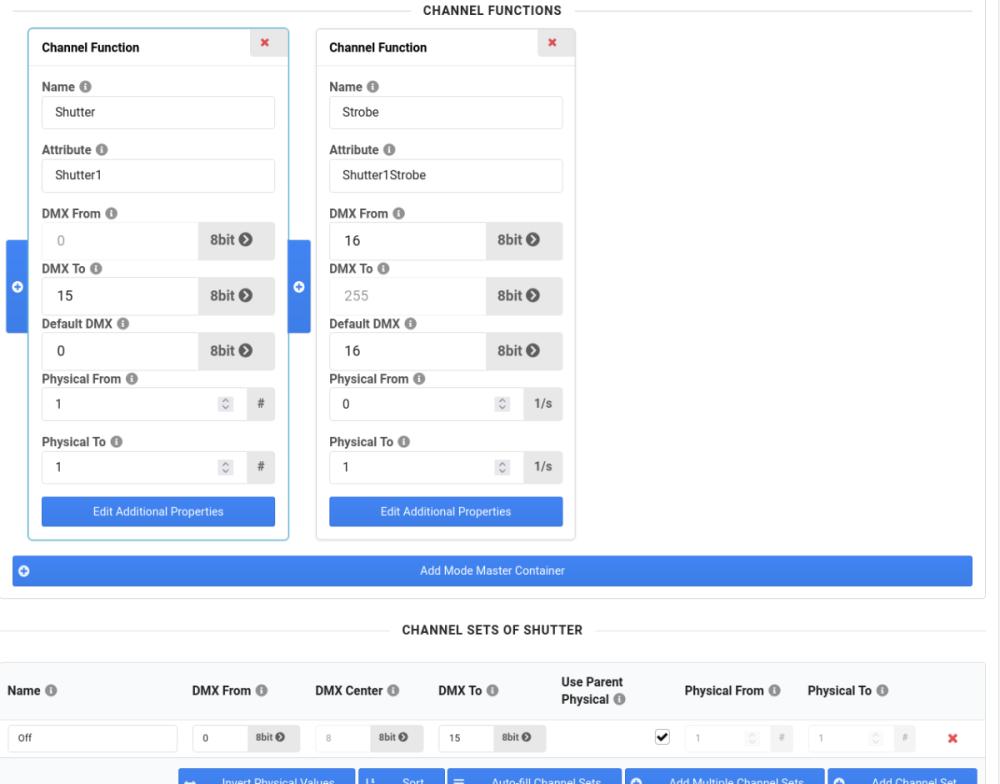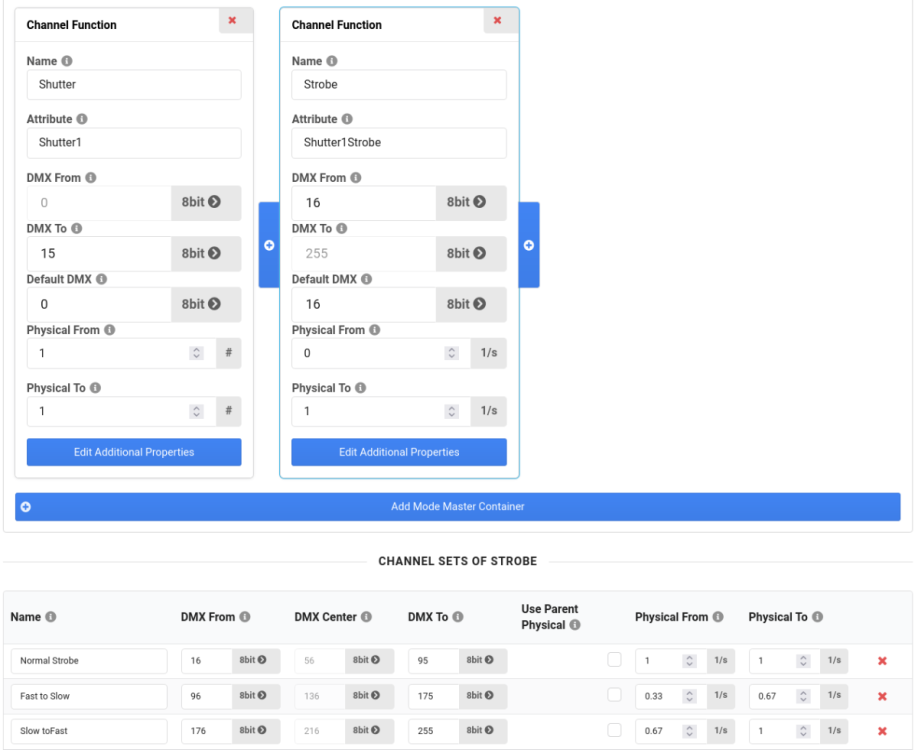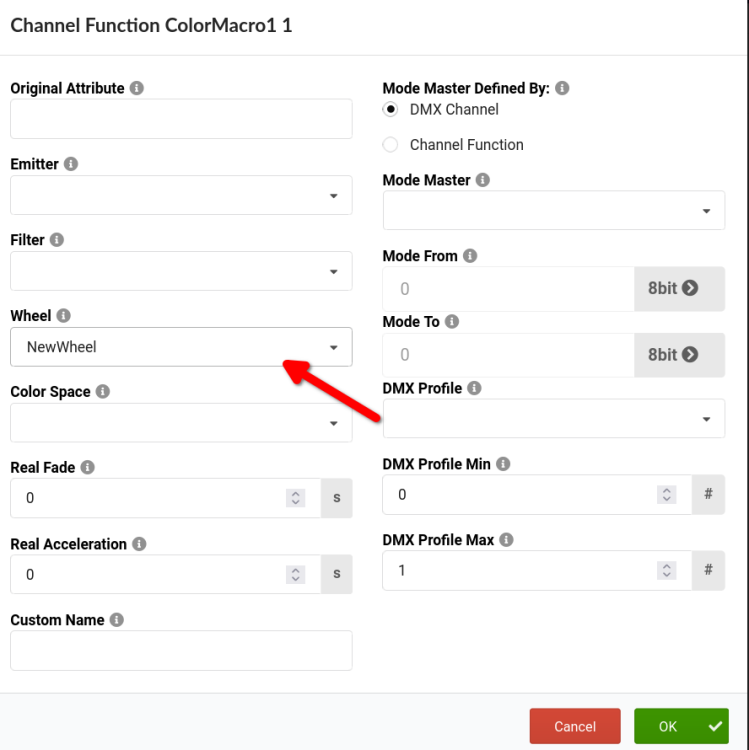-
Posts
429 -
Joined
-
Last visited
-
Days Won
42
Petr Vanek - Robe last won the day on April 18
Petr Vanek - Robe had the most liked content!
Recent Profile Visitors
The recent visitors block is disabled and is not being shown to other users.
Petr Vanek - Robe's Achievements
49
Reputation
-
Petr Vanek - Robe started following GDTF and MVR libMVRgdtf Library Public Release , GDTF Builder Update April 2024 , Saving errors and 3 others
-
GDTF Builder has been updated with the following changes: Ensure that when saving a GDTF file, the spinning animation is closed down after file upload procedure Improved GDTF Share performance when saving GDTF files Do not mark DMX Breaks with offsets larger then 512 as errors Ensure correct reading/writing of GDTF files after copy/paste of geometry references
-
Hello @Brothers, we are hoping for a fix for this to be released this week. It is pretty difficult to reproduce so we hope we are eliminating the issue. cheers Petr
- 1 reply
-
- 1
-

-
If you have the opportunity, please visit the GDTF Booth in Hall 12.1 stand B41 at the Prolight + Sound. Open manufacturer meeting is taking place in-person at the GDTF booth, on Wednesday at 4:00pm. Location of the GDTF booth on the PL&S floor plan.
-
Hello @vixzy i looked at your file. The important thing to realize is that shutter is a different physical behavior then strobe. Shutter can be open/closed (1/0), while strobe is strobing fast/slow (1/s), so for example 20 for fast, 0.3 for slow. For this, define two channel functions, one for Shutter (Shutter1) one for Strobe (Shutter1Strobe): And then adjust the Channel sets to match the speed of the strobing. See attached file where i split the shutter into two functions. Kind regards Petr Etan@Etan_101@Splitting_Shutter_into_Shutter_and_Strobe.gdtf
-
Hello, Presumably you are adding Shutter instead of a Strobe, that's maybe why it's not working. Posting a GDTF file here can increase a chance that someone will look at it and can help you. Cheers P.
-
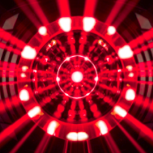
Problem with color wheel and color temp wheel (chauvet F415)
Petr Vanek - Robe replied to SergeG's topic in Discussions
Hello @SergeG, is there a GDTF file you could post here for people to look at? cheers P. -
Hello all, we have made a public release of the libMVRgdtf library which makes it much more easy for software authors and companies to be able to implement and utilize GDTF and MVR in their products. We had previously been giving access to the Github libMVRgdtf repo on individual bases, the code has now has been released to the general public. The implementation also included the MVR-xchange communication protocol. The library has been used ever since by the Builder and other software. License allows commercial and closed software usage, but IANAL, so check yourself.
-
GDTF Builder has been updated with the following changes: Undo for the Physical Description tab has been implemented. Ensure that CIE Color Space representation remains visible when picking a color Provide the GDTF file for download before uploading it to the GDTF Share Improve DMX tab editing performance
-

Specifications about the number of polygons and LOD
Petr Vanek - Robe replied to GiannisChalkias's topic in General
Hello Giannis, we describe the "quality" or "size" of the 3D asset by using vertex count, this being in the Spec and also in the Builder. It is a value commonly seen in 3D software like Blender. I am not sure what a "polygon" would be meaning here - would that be a triangle? As for the level of detail: One can use the provided GDTF Primitives of base, yoke, head, triangle, sphere... these have been created to be as simple as possible, when no other 3D asses is available. The "default" level has been chosen to be 1200 vertices for the complete fixture. A complete fixture "typically" being a moving head and this has been providing good guidance in our experience, as it makes people aware of the properties of 3D models. So for base/yoke/head fixture, this ends up being some 400 vertices per model. If the fixture has many lenses, these would typically be referenced, but when preparing our 3D assets, if we have a way to test in real software, we look at what the fixture looks like and ensure good first hand experience. The low level of detail allows to provide even simpler models with more decimation, i am not sure if any software is using this at the moment. The high level of detail is there to allow unlimited details to be expressed. Kind regards Petr -

How to link a wheel to the "ColorMacro(n)" Attribute
Petr Vanek - Robe replied to Höckler's topic in General
Hello, you cannot link the Wheel from the "fast shortcut" of the Channel Function, but you can add it if you open the full modal dialog editing the channel function properties: This then allows you to select gobos for each channel set: Depending on the use case, you will have to test if the software of your choice visualizes ColorMacro... Hope this helps Cheers Petr -
No, if the settings doesn't depend on some DMX value.
-
Yes. Persistent, not DMX related settings can currently be described via DMX modes.
-
Hello, You are looking for Relations: https://gdtf-share.com/help/en/help/gdtf_how_to/key_handle_mode_dependencies.html
-
Yep, makes sense. Then you can use a different DMX Mode for each lens (for example fresnel, profile, pc...). And if the lens can change angle but lumens remain the same, you can use the virtual zoom in there too.
-
You can modify the beam angles, that is the function of Zoom. If each lense has very different Lumen values, then you would use different files. If the lumen output is same, you could just use the modes or virtual zoom.


